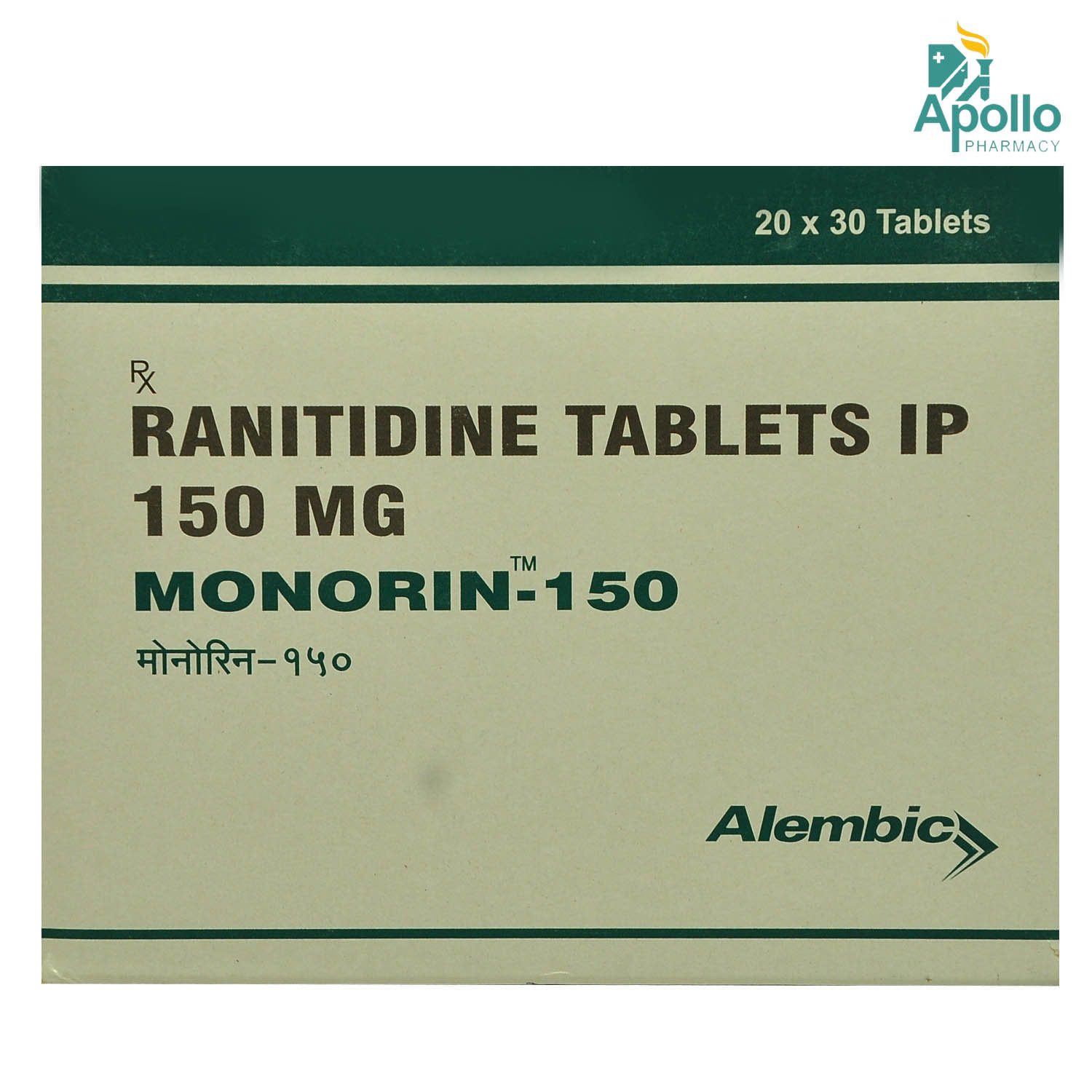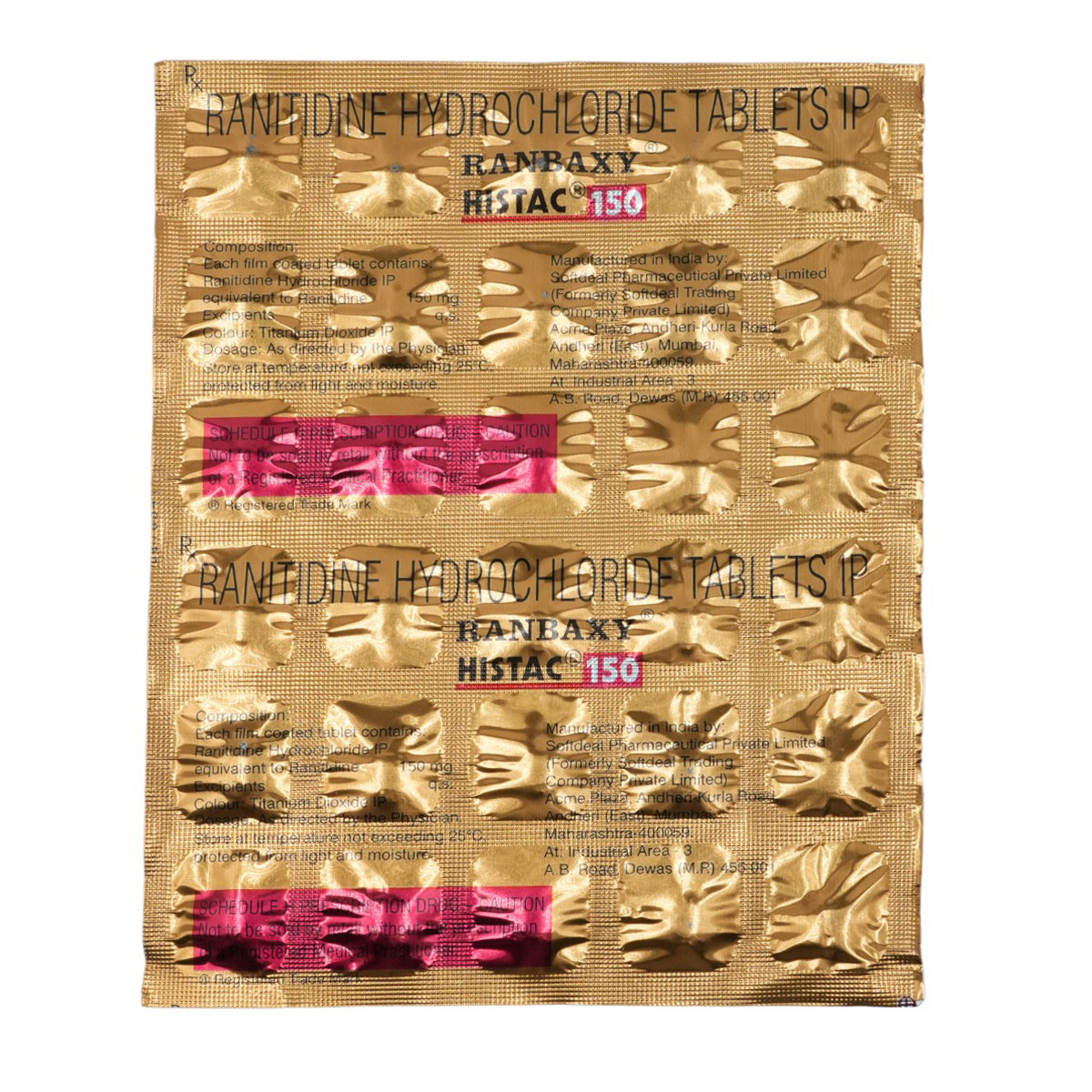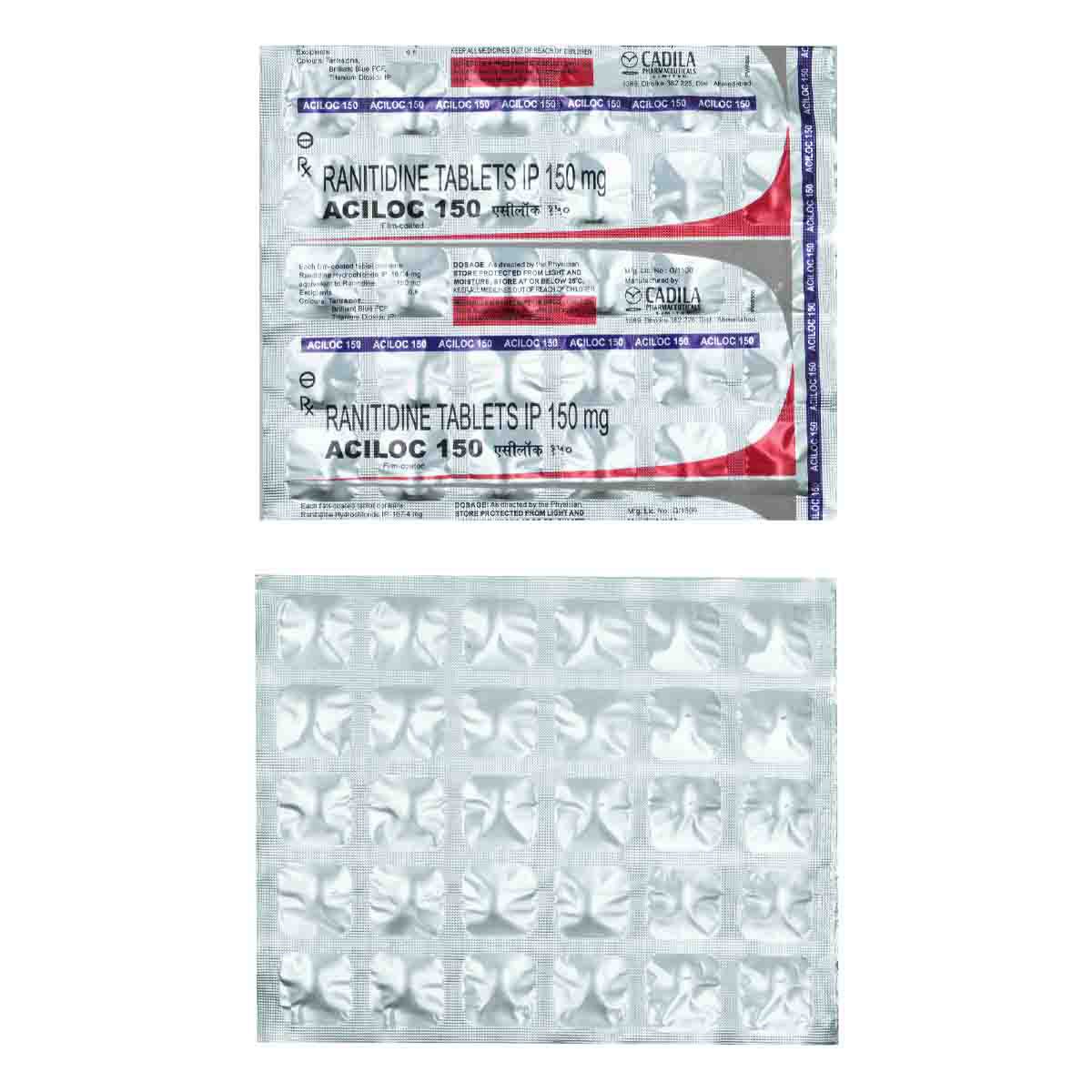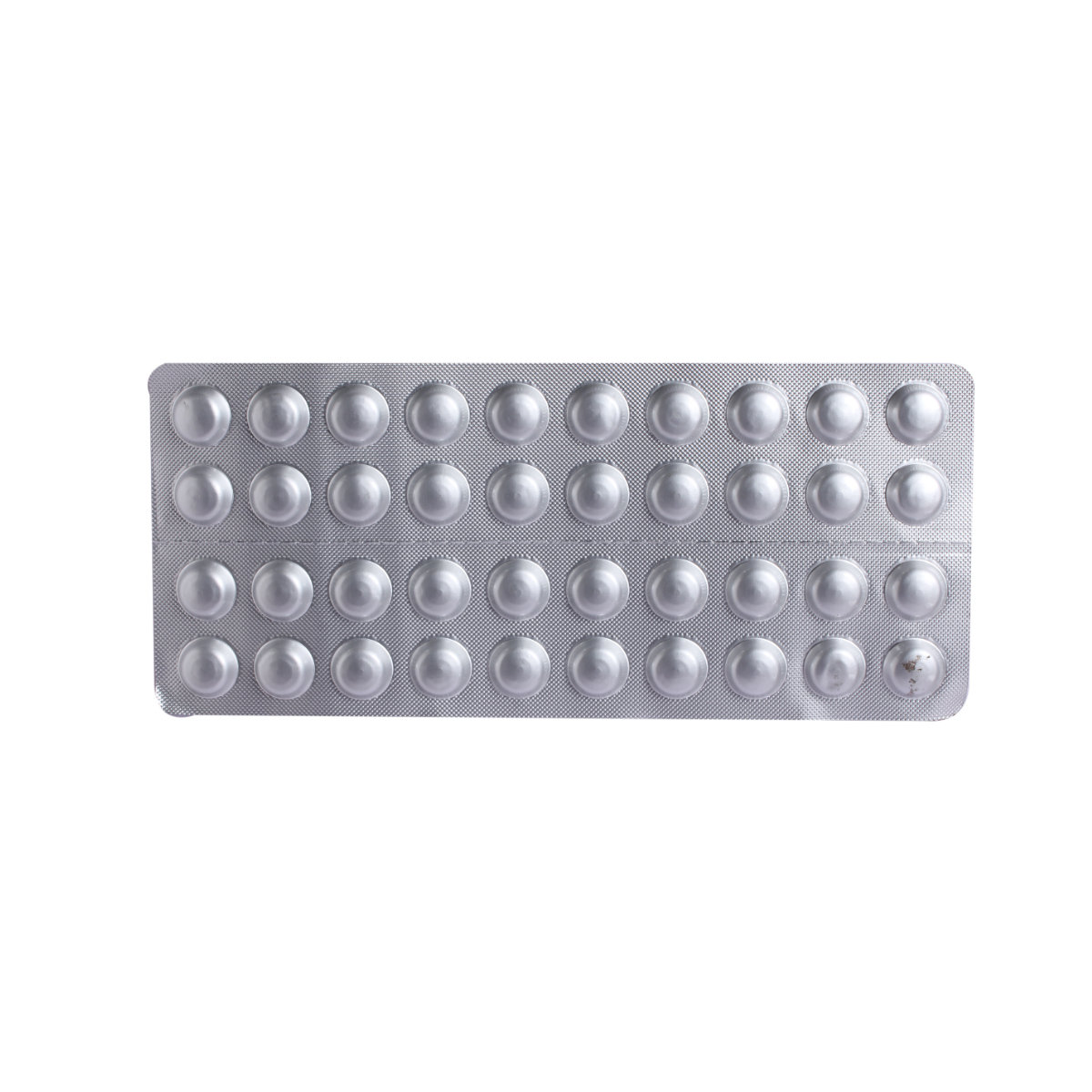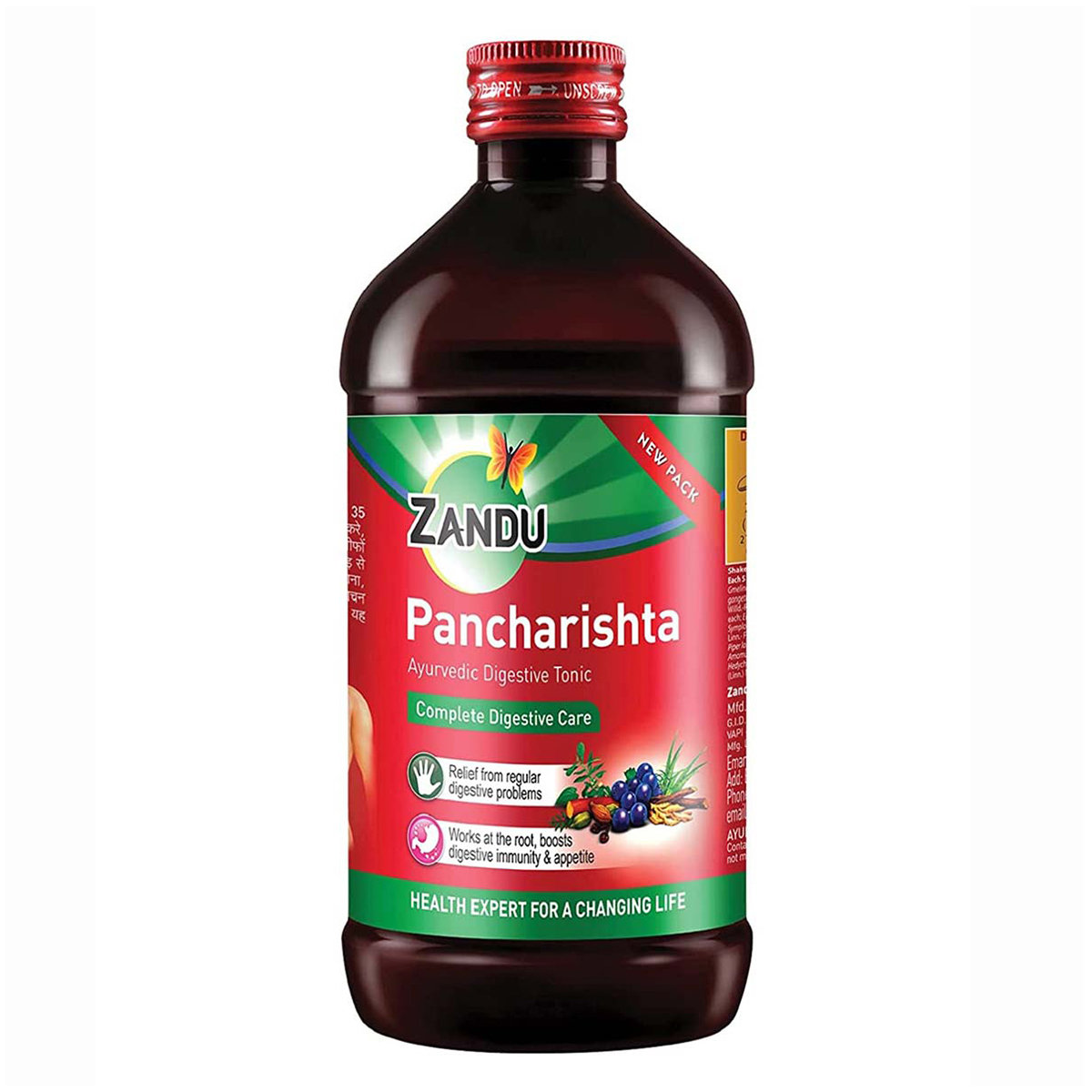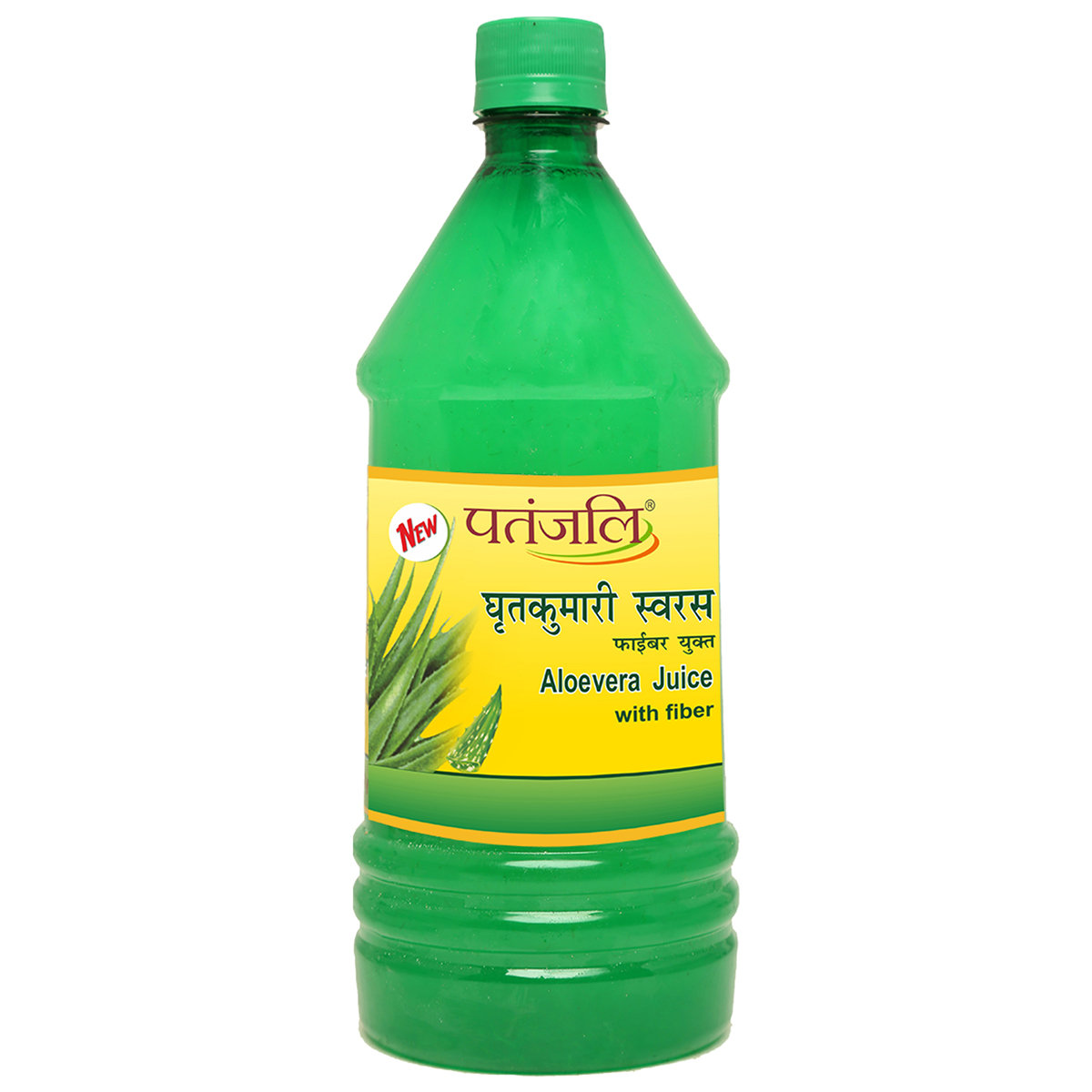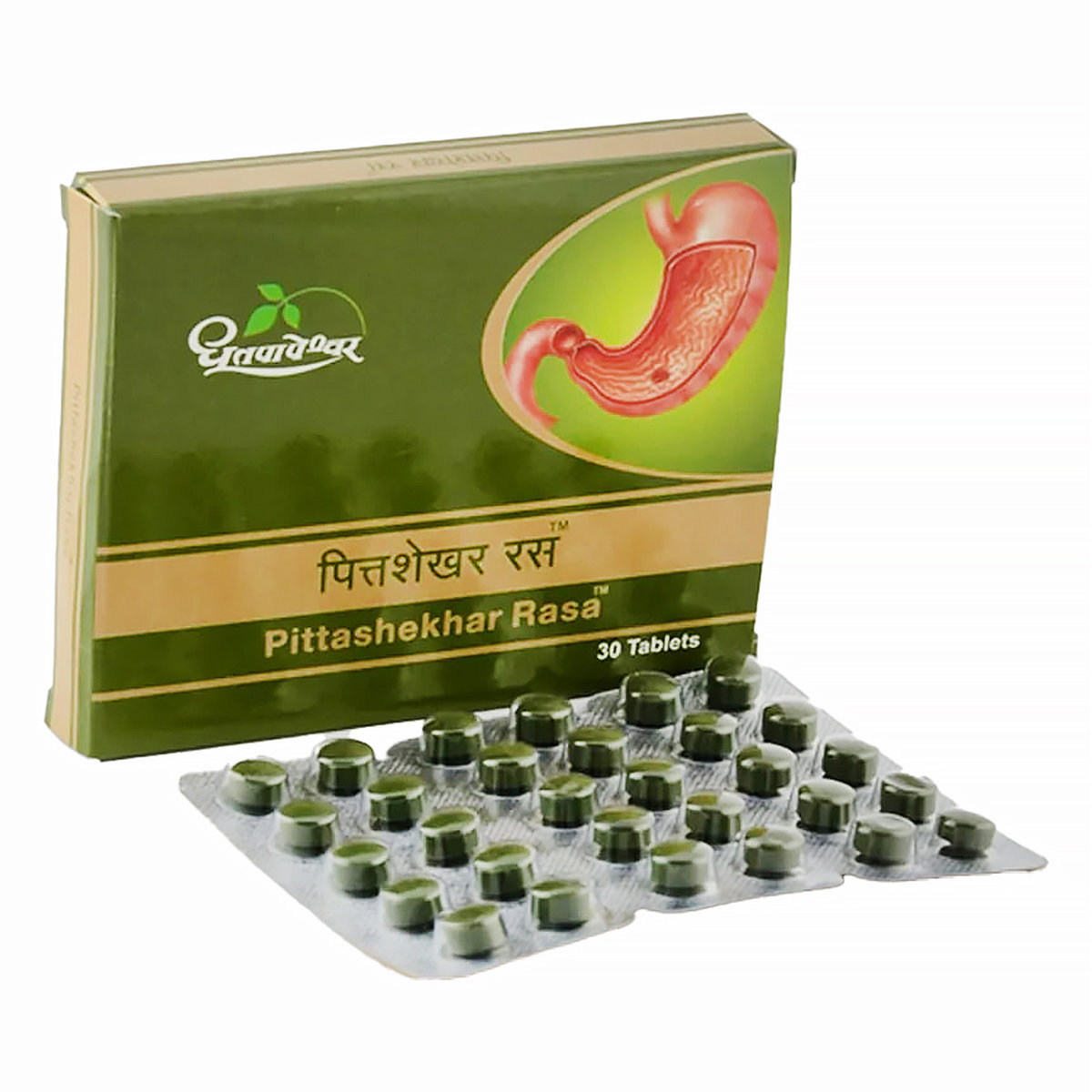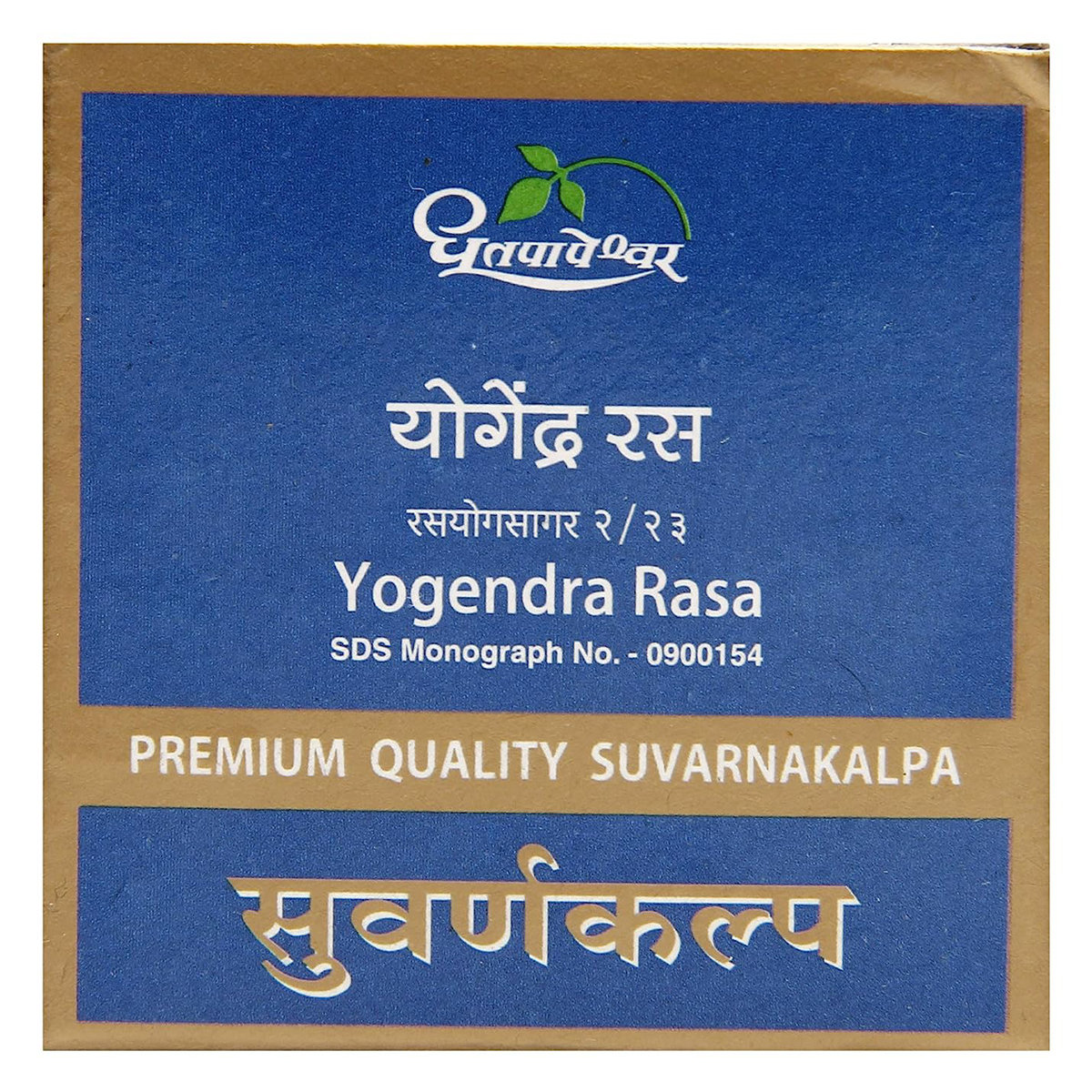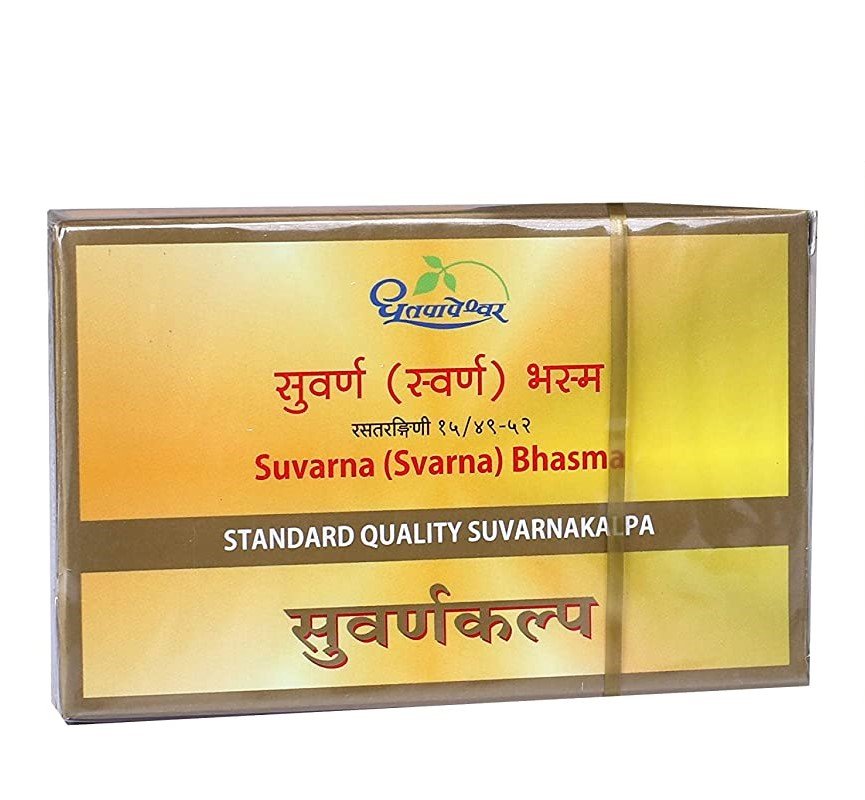Rantac 150 Tablet
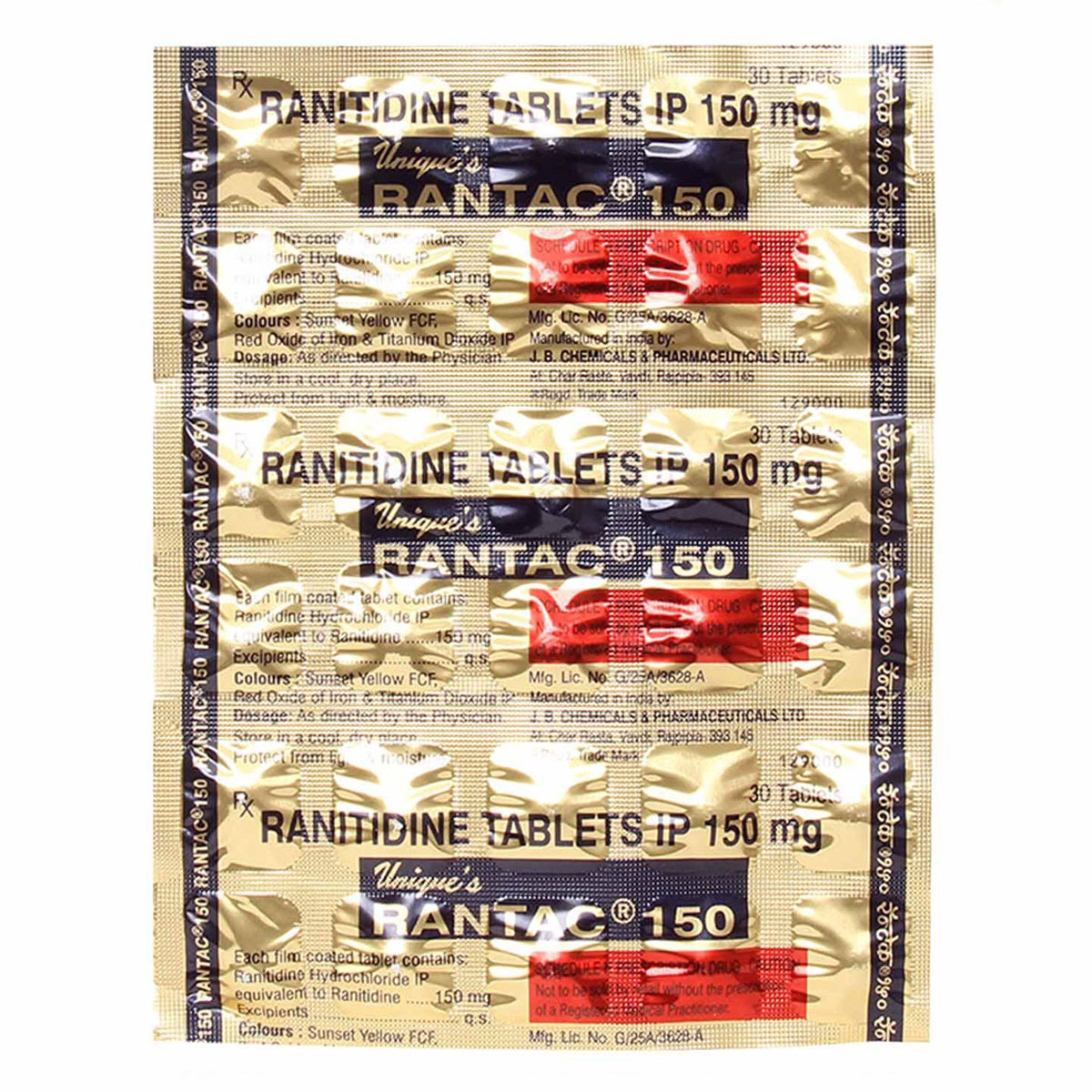
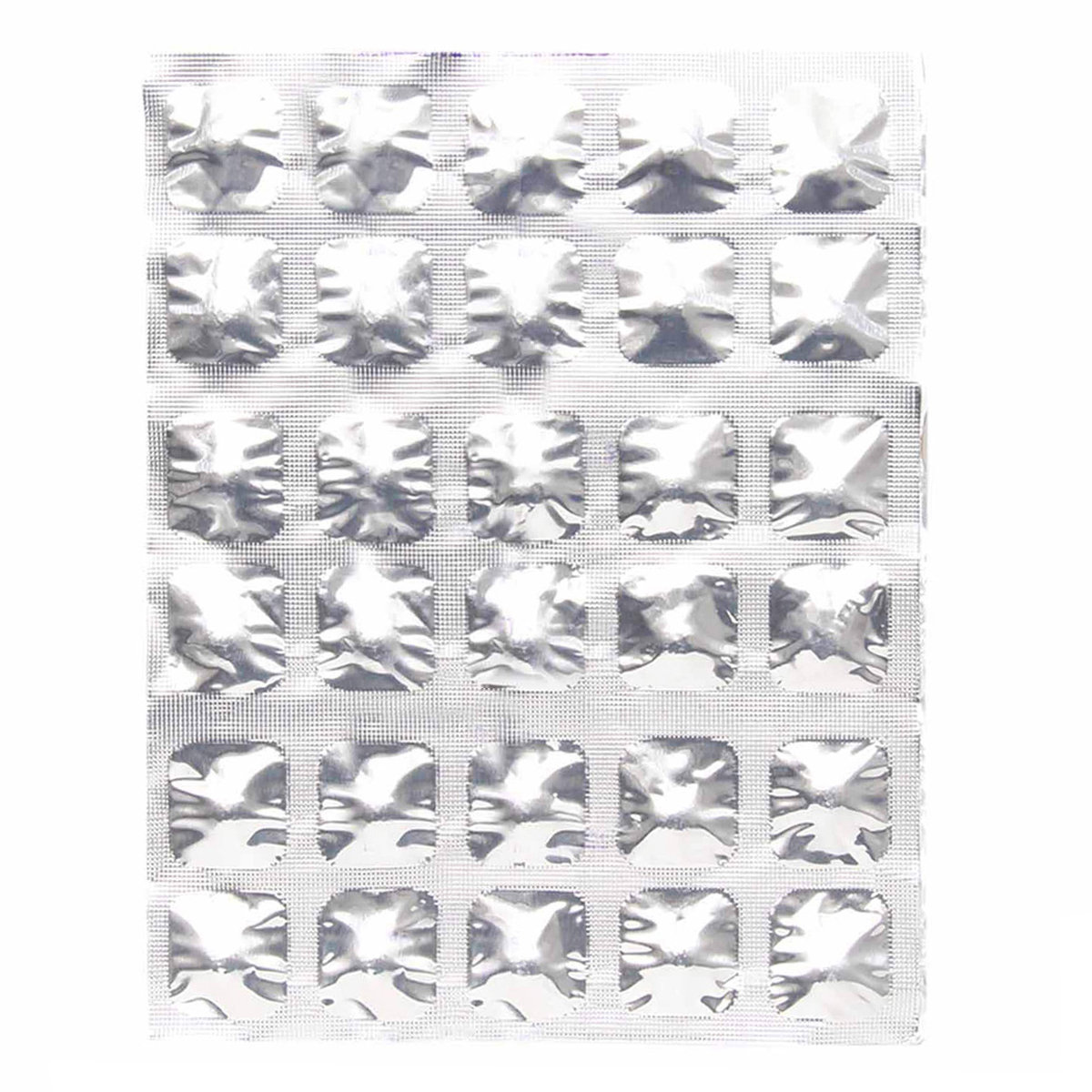
MRP ₹50.5
(Inclusive of all Taxes)
₹7.6 Cashback (15%)
Rantac 150 Tablet belongs to the class of gastrointestinal agents. It is used to treat indigestion, heartburn and acid reflux. Rantac 150 Tablet is also used for gastro-oesophageal reflux disease (GORD) when you get acid reflux. Rantac 150 Tablet is also used to prevent and treat stomach ulcers. Often Rantac 150 Tablet is taken for a rare condition caused by a pancreatic or intestine tumour called Zollinger-Ellison Syndrome.
know your delivery time
Provide Delivery Location
Composition :
Manufacturer/Marketer :
Consume Type :
Expires on or after :
Return Policy :

Secure Payment

Trusted by 8 Crore Indians

Genuine Products
Therapeutic Class
Country of origin
Manufacturer/Marketer address
Author Details
We provide you with authentic, trustworthy and relevant information
Disclaimer
Alcohol
Safe if prescribed
Drinking alcohol with Rantac 150 Tablet may cause dehydration and elevate the level of stomach acid, thereby decreasing its efficacy. So try to avoid consuming alcohol.
Pregnancy
Consult your doctor
Rantac 150 Tablet should be used in pregnant women only if clinically needed, and the benefits outweigh the risks.
Breast Feeding
Consult your doctor
Rantac 150 Tablet should be used in nursing women only if clinically needed, and the benefits outweigh the risks.
Driving
Safe if prescribed
Rantac 150 Tablet has no or negligible influence on the ability to drive and use machines. In some cases, Rantac 150 Tablet may cause dizziness and sleep. If you observe these symptoms, do not drive or operate machinery until you feel better.
Liver
Consult your doctor
If you have or had a history or evidence of any liver-related diseases, please consult the doctor before taking medicine.
Kidney
Consult your doctor
If you have or had a history or evidence of any kidney-related diseases, please consult the doctor before taking medicine.
Children
Safe if prescribed
The dose needs to be adjusted based on your child’s weight.
Product Substitutes
About Rantac 150 Tablet
Rantac 150 Tablet belongs to the class of gastrointestinal agents. It is used to treat indigestion, heartburn and acid reflux. Rantac 150 Tablet is also used for gastro-oesophageal reflux disease (GORD) when you get acid reflux. Rantac 150 Tablet is also used to prevent and treat stomach ulcers. Often Rantac 150 Tablet is taken for a rare condition caused by a pancreatic or intestine tumour called Zollinger-Ellison Syndrome.
Rantac 150 Tablet contains ranitidine, a histamine-2 (H2) receptor blocker that helps reduce stomach acid by blocking the actions of the H2 receptor. The H2 receptor lies in the parietal cells of the stomach wall and is responsible for the release of gastric acid secretion - extra gastric acid secretion damage the tissues in the food pipe, stomach, and duodenum.
Take this medication exactly as prescribed by your doctor. It would help if you kept taking medicine for long as your doctor recommends. If you stop early, your symptoms may come back, and your condition may worsen. Rantac 150 Tablet might have common side effects like headache, diarrhoea, constipation, and shortness of breath. These side effects are temporary and may get resolved after some time. However, if these side effects persist, contact your doctor.
It is recommended not to take Rantac 150 Tablet if you are allergic to any components present in Rantac 150 Tablet . If you are pregnant, planning to become pregnant, or are breastfeeding, you should not take this medication unless your doctor says it is necessary. Inform your doctor if you have stomach or intestinal cancer, liver problem, or will have an endoscopy in the future. And also, let your doctor know about your health condition and all the medicines you are taking before taking Rantac 150 Tablet to rule out any side effects.
Uses of Rantac 150 Tablet
Medicinal Benefits Mweb
Key Benefits
Rantac 150 Tablet helps in reducing the excess amount of stomach acid. In turn, it prevents the formation of an ulcer in the stomach (peptic ulcer), gastroesophageal reflux disease (GERD) with or without ulcer, and Zollinger Ellison Syndrome, in which the stomach makes an exceptionally high amount of acid.
Directions for Use
Side Effects of Rantac 150 Tablet
Headache
Constipation
Diarrhoea
Stomach pain
Drug Warnings
You should avoid taking Rantac 150 Tablet if you are allergic to Rantac 150 Tablet or H2 receptor blockers, have gastric cancer, or have liver disease. If you are a pregnant woman or nursing mother, do not consume Rantac 150 Tablet without first consulting your doctor. Rantac 150 Tablet may interact with a blood thinner (warfarin), antifungal (ketoconazole), or anti-HIV drug( atazanavir). Let your doctor know if you are taking these medicines. Intake of Rantac 150 Tablet may mask the symptom of gastric cancer, so if you have any severe stomach pain or gastric bleeding (blood in stool and mucous), immediately consult the doctor.
Drug-Drug Interactions
Drug-Drug Interactions
Login/Sign Up
Co-administration of Rantac 150 Tablet with Mesalazine can decrease the levels of Mesalazine, which may be less effective in treating a condition.
How to manage the interaction:
There may be a possible interaction between Mesalazine with Rantac 150 Tablet, but they can be taken together if a doctor has prescribed them. Do not discontinue any medications without consulting a doctor.
Taking atazanavir with Rantac 150 Tablet can reduce the effectiveness of atazanavir.
How to manage the interaction:
Although taking Rantac 150 Tablet together with Atazanavir can possibly result in an interaction, they can be taken together if prescribed by your doctor. However, contact your doctor if you experience unusual symptoms. Do not discontinue any medicine without consulting a doctor.
Coadministration of loperamide with Rantac 150 Tablet may significantly increase the blood levels of loperamide. This can increase the risk of serious side effect like irregular heart rhythm.
How to manage the interaction:
Although taking loperamide with Rantac 150 Tablet together can result in an interaction, they can be taken if a doctor has prescribed it. However, if you experience sudden dizziness, lightheadedness, fainting, breathing difficulty, or rapid heartbeat, consult the doctor immediately. Do not stop using any medications without talking to a doctor.
Taking Rantac 150 Tablet and Dasatinib together reduces the effectiveness of Dasatinib.
How to manage the interaction:
Although taking Rantac 150 Tablet together with Dasatinib can result in an interaction, they can be taken together if prescribed by a doctor. However, contact a doctor if you experience any unusual symptoms. Do not discontinue any medicine without consulting a doctor.
Using Pazopanib with Rantac 150 Tablet can reduce the effectiveness of pazopanib
How to manage the interaction:
Although taking Rantac 150 Tablet together with Pazopanib can possibly result in an interaction, but can be taken together if prescribed by a doctor. However, if you experience any unusual symptoms contact your doctor immediately. Do not stop using any medications without first talking to your doctor.
Coadministration of Gefitinib with Rantac 150 Tablet can reduce the acidity levels in the stomach and also decrease the effectiveness of gefitinib
How to manage the interaction:
Taking Gefitinib with Rantac 150 Tablet together can possibly result in an interaction, it can be taken if your doctor has advised it. It is recommended that gefitinib is either taken 6 hours before or 6 hours after Rantac 150 Tablet to help minimize the impact of the interaction. Do not stop using any medications without first talking to your doctor.
Coadministration of Rilpivirine with Rantac 150 Tablet can reduce the acidity levels in the stomach and also decrease the effectiveness of Rilpivirine.
How to manage the interaction:
Although taking Rantac 150 Tablet together with Rilpivirine can possibly result in an interaction, they can be taken together if prescribed by your doctor. To reduce the chance of interaction, take Rantac 150 Tablet at least 12 hours before or 4 hours after taking rilpivirine. Do not discontinue any medicine without consulting a doctor.
Taking these medications together might make it harder for your body to absorb atazanavir, which could make it less effective.
How to manage the interaction:
v
Taking these medications together might make it harder for your body to absorb atazanavir, which could make it less effective.
How to manage the interaction:
vv
Drug-Food Interactions
Drug-Food Interactions
Login/Sign Up
Drug-Diseases Interactions
Drug-Diseases Interactions
Login/Sign Up
Drug-Drug Interactions Checker List
- WARFARIN
- KETOCONAZOLE
- ATAZANAVIR
- ALUMINUM HYDROXIDE
Habit Forming
Diet & Lifestyle Advise
Avoid acid or heartburn-triggering foods or drinks like onions, peppermint, chocolate, caffeinated beverages, citrus fruits or juices, tomatoes and high-fat and spicy foods.
Before going to sleep, raise your bedhead, so your head and chest are higher than your feet. Do not use piles of pillows; one raised block is fine. This will not allow the stomach acid to backflow through your food pipe.
Avoid taking alcohol and smoking cigarettes. Alcohol can raise the production of stomach acid leading to heartburn and acid reflux. On the other hand, nicotine smoking damages the valve (sphincter), preventing stomach acid backflow into the food pipe.
Include high fibre-containing foods, berries, cherries, leafy green veggies (kale, spinach) and black peppers in your meal.
Fermented dairy products like miso, sauerkraut, and kimchi contain probiotics which help prevent excess stomach acid production. Cranberry juice can be beneficial for peptic ulcers and H Pyroli infections.
Avoid regular sitting continuously, as it can increase stomach acid production. Take a break of 5 minutes in 1 hour by brisk walking or stretching.
All Substitutes & Brand Comparisons
RX
Out of StockCypatec 150mg Tablet
₹5.1
(₹0.46 per unit)
69% CHEAPERRX
Out of StockAntec 150mg Tablet
₹7
(₹0.63 per unit)
58% CHEAPERRX
Out of StockAsitac 150mg Tablet
₹7.2
(₹0.65 per unit)
57% CHEAPER

Have a query?
Buy best Gastro Enterology products by
Abbott India Ltd
Sun Pharmaceutical Industries Ltd
Alkem Laboratories Ltd
Cipla Ltd
Torrent Pharmaceuticals Ltd
Intas Pharmaceuticals Ltd
Mankind Pharma Pvt Ltd
Lupin Ltd
Dr Reddy's Laboratories Ltd
Aristo Pharmaceuticals Pvt Ltd
Alembic Pharmaceuticals Ltd
Wallace Pharmaceuticals Pvt Ltd
La Renon Healthcare Pvt Ltd
Leeford Healthcare Ltd
Macleods Pharmaceuticals Ltd
J B Chemicals & Pharmaceuticals Ltd
Zydus Healthcare Ltd
Micro Labs Ltd
Zydus Cadila
Fourrts India Laboratories Pvt Ltd
Morepen Laboratories Ltd
Zuventus Healthcare Ltd
FDC Ltd
Eris Life Sciences Ltd
Cadila Pharmaceuticals Ltd
Medishri Healthcare Pvt Ltd
Alniche Life Sciences Pvt Ltd
Medley Pharmaceuticals Ltd
Tas Med India Pvt Ltd
Signova Pharma
Tablets India Ltd
Elder Pharmaceuticals Ltd
Wockhardt Ltd
Emcure Pharmaceuticals Ltd
Sanatra Healthcare Ltd
Glenmark Pharmaceuticals Ltd
Blue Cross Laboratories Pvt Ltd
East West Pharma India Pvt Ltd
Hetero Drugs Ltd
Indoco Remedies Ltd
Vasu Organics Pvt Ltd
Biological E Ltd
Primus Remedies Pvt Ltd
Akumentis Healthcare Ltd
Corona Remedies Pvt Ltd
Pfizer Ltd
Albert David Ltd
DR Johns Lab Pharma Pvt Ltd
Ajanta Pharma Ltd
Cadila Healthcare Ltd
Ipca Laboratories Ltd
Ordain Health Care Global Pvt Ltd
Systopic Laboratories Pvt Ltd
Ozone Pharmaceuticals Ltd
Foregen Healthcare Ltd
Medgen Drugs And Laboratories Pvt Ltd
Panacea Biotec Ltd
Samarth Life Sciences Pvt Ltd
Shine Pharmaceuticals Ltd
Adonis Laboratories Pvt Ltd
Dey's Medical Stores (Mfg) Ltd
Eskag Pharma Pvt Ltd
Hetero Healthcare Pvt Ltd
Indchemie Health Specialities Pvt Ltd
Meyer Organics Pvt Ltd
RPG Life Sciences Ltd
Troikaa Pharmaceuticals Ltd
Biochem Pharmaceutical Industries Ltd
Shreya Life Sciences Pvt Ltd
Sinsan Pharmaceuticals Pvt Ltd
3M India Ltd
Chemo Healthcare Pvt Ltd
Levin Life Sciences Pvt Ltd
Meridian Enterprises Pvt Ltd
Overseas Health Care Pvt Ltd
Saf Fermion Ltd
Sanzyme Pvt Ltd
Steris Healthcare
USV Pvt Ltd
Seagull Pharmaceutical Pvt Ltd
Votary Laboratories (India) Ltd
Win Medicare Ltd
Yuventis Pharmaceuticals
Aar Ess Remedies Pvt Ltd
Caplet India Pvt Ltd
Piramal Enterprises Ltd
Sanofi India Ltd
Cnx Health Care Pvt Ltd
Galpha Laboratories Ltd
Intra Labs India Pvt Ltd
Kinesis Pharmaceuticals Pvt Ltd
Msn Laboratories Pvt Ltd
Olcare Laboratories Pvt Ltd
Rapross Pharmaceuticals Pvt Ltd
Ronyd Healthcare Pvt Ltd
Saffron Therapeutics Pvt Ltd
Solariz Healthcare Pvt Ltd
Syndicate Life Sciences Pvt Ltd
Aurz Pharmaceutical Pvt Ltd
Biophar Lifesciences Pvt Ltd
Customers Also Bought





